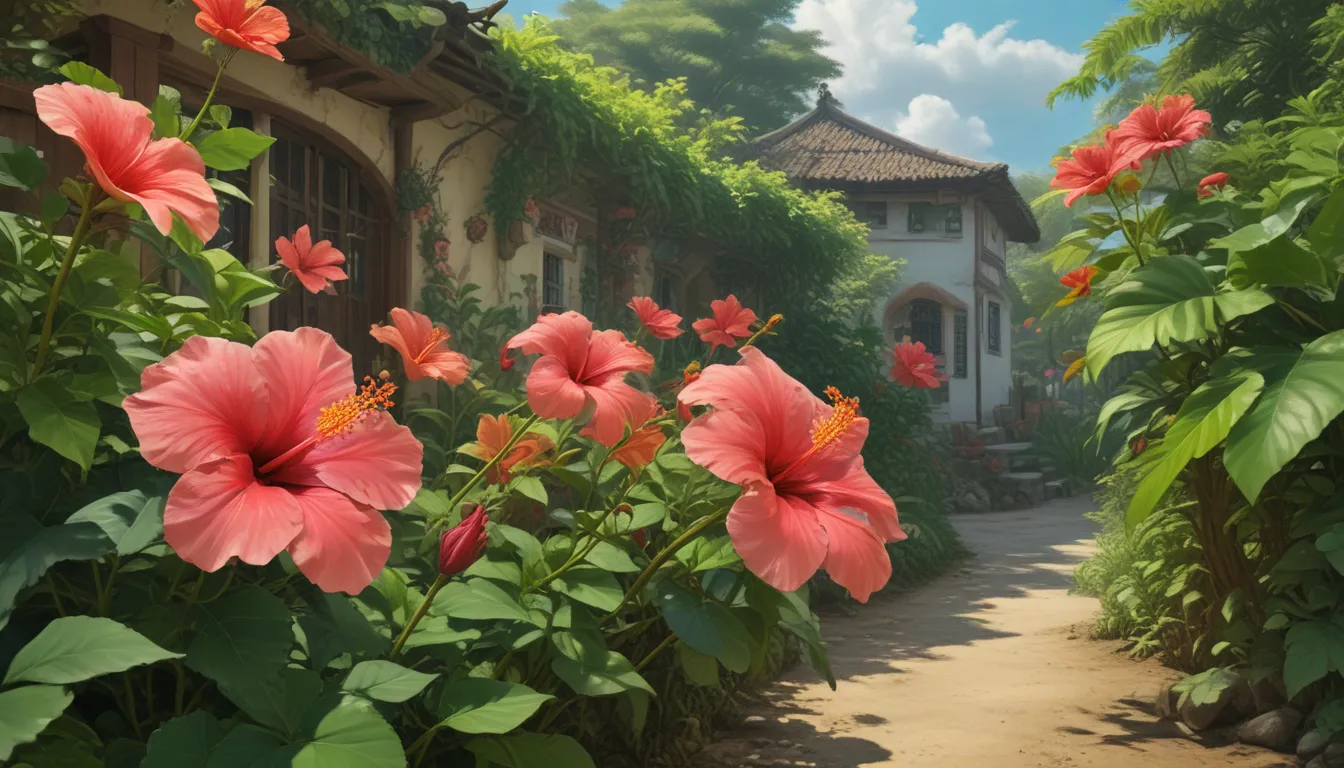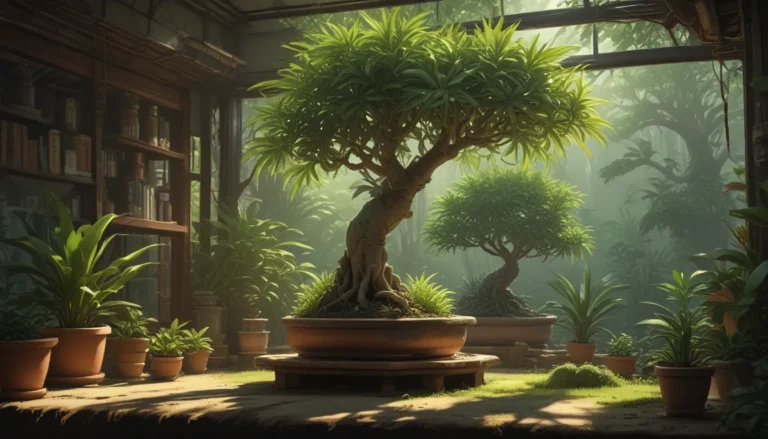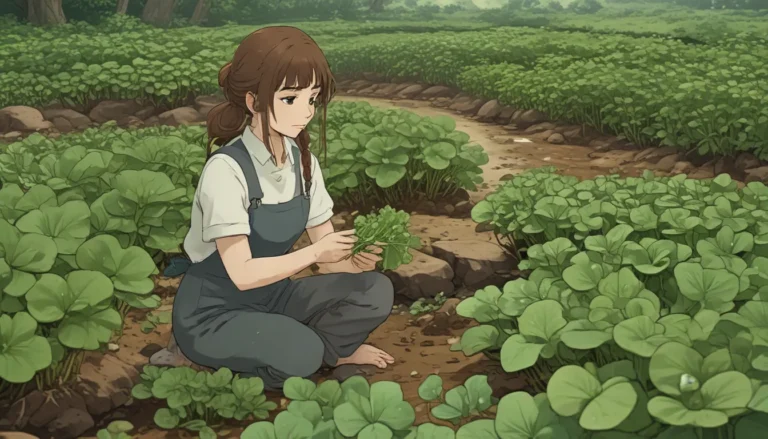Comprehensive Guide: How to Grow and Care for Tropical Hibiscus

If you’ve ever marveled at the stunning blooms of tropical hibiscus and wondered if you could grow them in your own garden, you’re in luck! While these beauties are native to warm, tropical regions, they can thrive in a variety of climates when given the proper care and attention. In this comprehensive guide, we’ll cover everything you need to know to successfully grow and care for tropical hibiscus in your own outdoor space. Whether you’re a seasoned gardener or a novice plant enthusiast, there’s something in this article for everyone.
Unlocking the Beauty of Tropical Hibiscus
Tropical hibiscus, with their vibrant colors and delicate blooms, are a symbol of summer and sun-drenched days. While they are often associated with tropical locales like Hawaii and Florida, these stunning plants can be grown in a variety of regions with the right conditions. Whether you’re a seasoned gardener or a novice plant enthusiast, there’s something in this article for everyone.
What Is a Tropical Hibiscus?
When it comes to hibiscus plants, there’s a distinction between hardy and tropical varieties. Hardy hibiscus plants go dormant in the winter and return in the spring, while tropical hibiscus plants remain evergreen in warmer climates. Tropical hibiscus are known for their vibrant colors, ranging from yellow and orange to scarlet and fuchsia. Their blooms can be single or double, with distinctive styles that jut forth from the center of each flower.
Anatomy of Tropical Hibiscus
Most tropical hibiscus plants are considered herbaceous shrubs or small trees, typically reaching heights of 5 to 10 feet. Their foliage is usually green, though some varieties have leaves in shades of copper, purple, or burgundy. The blooms of tropical hibiscus come in a wide array of colors, including yellow, orange, scarlet, fuchsia, cream, and apricot. These eye-catching flowers are a favorite of hummingbirds and butterflies, though they often lack a strong scent.
Cultivation and History
Tropical hibiscus plants are native to tropical regions of Asia, Africa, and Oceania, as well as parts of the United States like Florida and Hawaii. These plants have a rich history, with extracts from their bark and leaves used in traditional medicine to treat various ailments. Some species have also been used for fiber production and as sources of natural dyes.
Propagating and Caring for Tropical Hibiscus
Now that you know a bit about the history and characteristics of tropical hibiscus, it’s time to dive into the practical aspects of growing and caring for these stunning plants. From propagation methods to pruning and maintenance tips, we’ll cover everything you need to know to keep your tropical hibiscus happy and healthy.
Propagation Basics
Propagating tropical hibiscus can be done through various methods, including taking cuttings and air layering. While starting from seed is less common due to potential variations in hybrid plants, it can be a fun way to create unique varieties. The key is to provide the right growing conditions and ensure that your plants have a strong root system before transplanting.
Caring for Your Hibiscus
Proper care and maintenance are essential for the health of your tropical hibiscus. From choosing the right location with adequate sunlight to providing the right soil conditions and watering schedule, there are several factors to consider. Fertilizing your plants in the spring and using the appropriate nutrients can help promote strong growth and vibrant blooms.
Pruning and Maintenance
Regular pruning is key to keeping your tropical hibiscus healthy and promoting new growth. Trimming the ends of branches after blooming and removing damaged or overgrown sections can help maintain the plant’s shape and encourage bushier growth. Deadheading spent blooms and monitoring for pests and diseases are also essential parts of hibiscus maintenance.
Selecting the Right Cultivars
There are numerous cultivars of tropical hibiscus to choose from, each with its own unique colors and characteristics. From ‘Midnight Tryst’ with its stunning color combination to ‘Playboy’ and ‘Rico Suave’ with their compact growth habits and vibrant blooms, there’s no shortage of options to add a touch of tropical beauty to your garden.
Managing Pests and Disease
Like any plant, tropical hibiscus are susceptible to pests and diseases that can affect their health and appearance. Common pests such as aphids, mealybugs, and whiteflies can feed on the plant’s foliage and sap, while diseases like botrytis, downy mildew, and powdery mildew can cause discoloration and die-off. Knowing how to identify and address these issues promptly is key to keeping your plants healthy.
Best Uses in Your Garden
From creating borders and focal points to adding color to patios and deck areas, tropical hibiscus plants have a variety of uses in the garden. Whether you choose to plant them in the ground or in containers, these versatile plants can brighten up any outdoor space and attract pollinators like butterflies and hummingbirds. With a little care and attention, your tropical hibiscus can thrive and bring a touch of the tropics to your backyard.
So, the next time you’re thinking about adding some color and vibrancy to your garden, consider planting a few tropical hibiscus plants. With their stunning blooms and easy care requirements, they’re sure to be a show-stopping addition to your outdoor space. Whether you’re a seasoned gardener or a novice plant enthusiast, growing and caring for tropical hibiscus is a rewarding experience that can bring a touch of the tropics right to your doorstep. Happy gardening!





